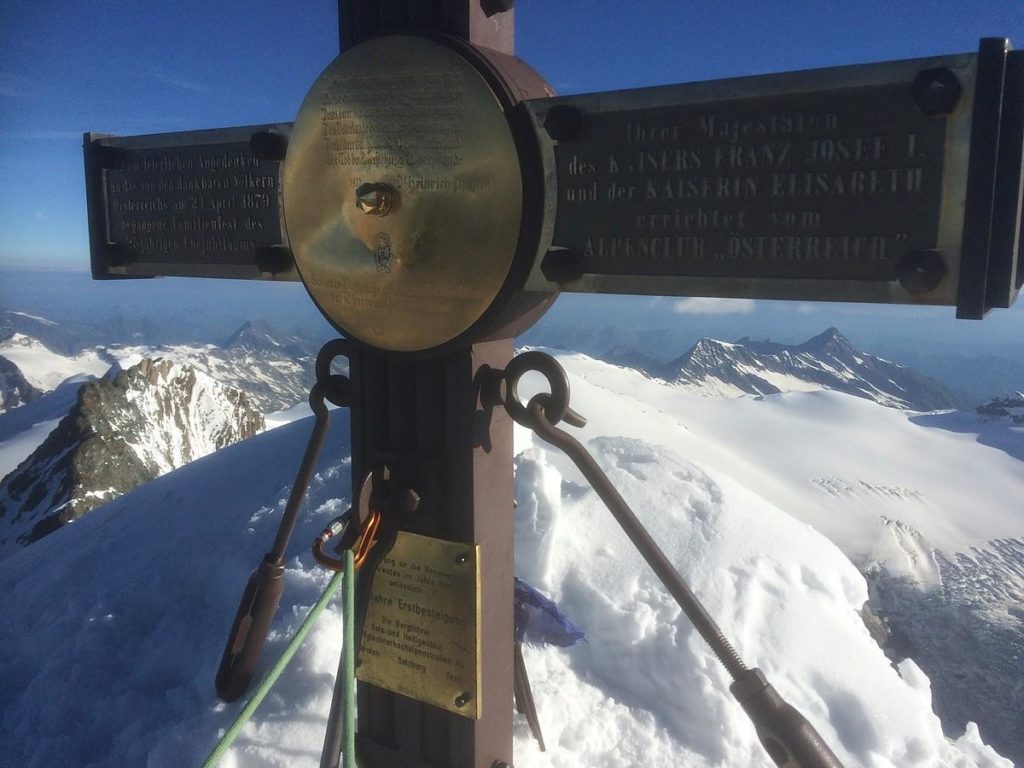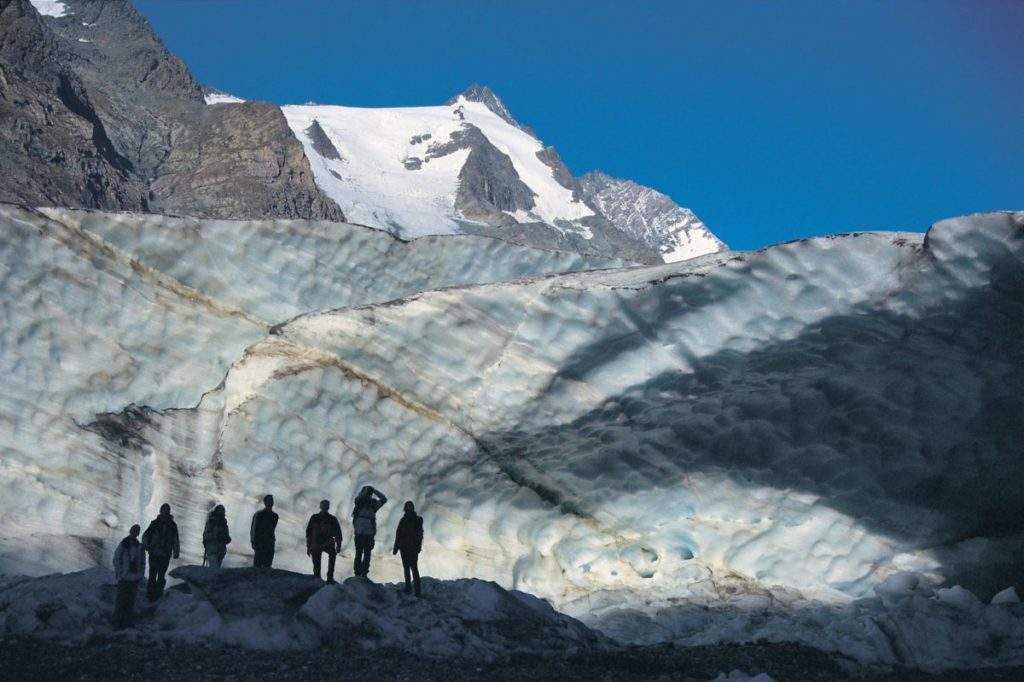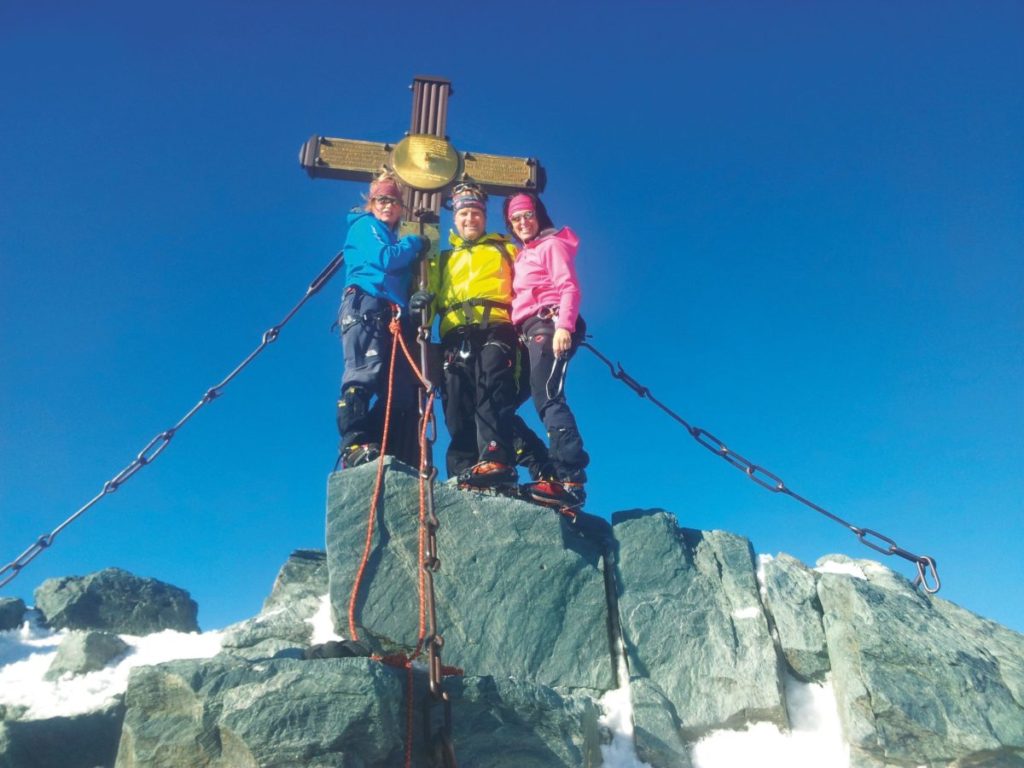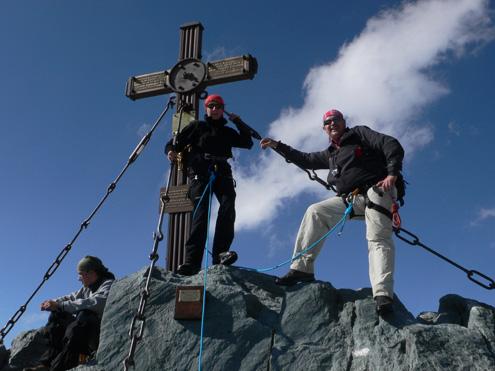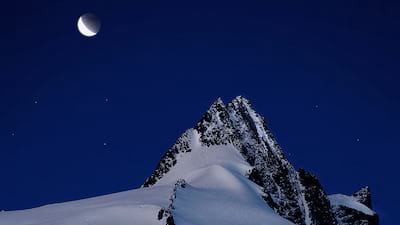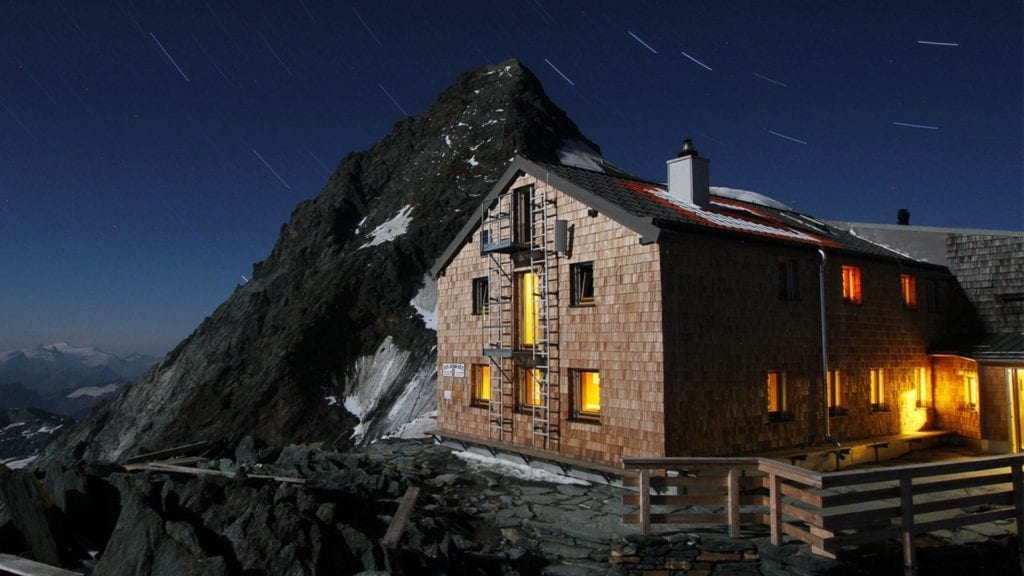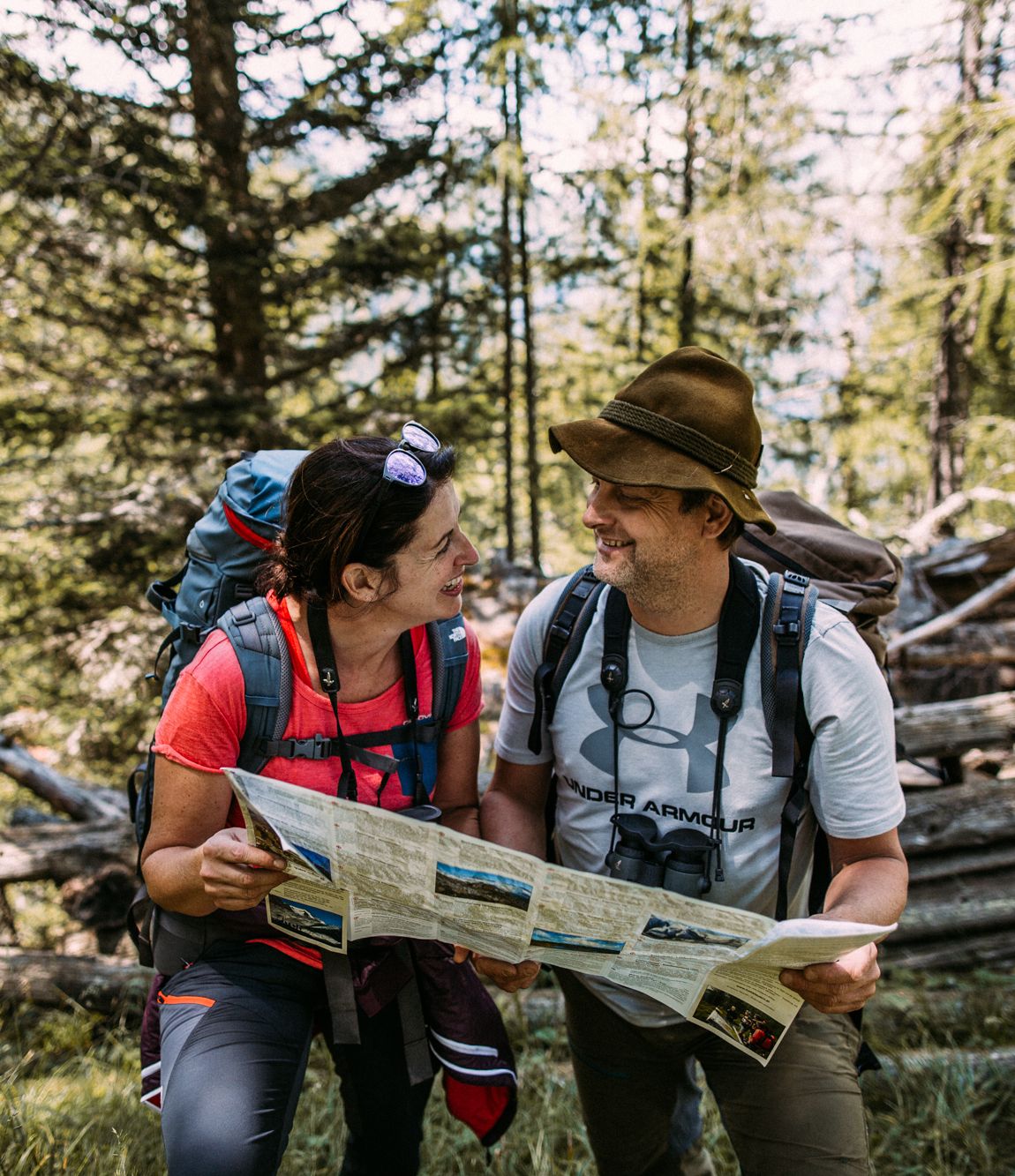The Grossglockner - the roof of Austria
He is the undisputed symbol of Austrian mountaineering dreams, the Großglockner. The tour to its 3.798 m high summit and to the most famous summit cross in the country is not only long and high, it is also technically demanding and is therefore withheld from people who have a base of alpine skills. Many paths lead up and many steep flanks go down again.
A dream for every alpine enthusiast
It is the year 1800. An expedition of 62 people, organised by Prince-Bishop Franz II. Xaver von Salm-Reifferscheid, reaches the summit of the Grossglockner for the very first time: a pivotal achievement in the history of alpinism.
This was soon followed by further expeditions, predominantly for the purposes of science, research and cartography. The mid-19th century, however, saw the development of a new form of alpinism – shifting the focus from scientific interests to an athletic experience. It was not long before alpine tourism on the Glockner had turned into a prosperous business. From 1858, the inn-keepers of the Glocknerwirt took on the task of connecting visiting mountaineers with local guides.
Today, those wishing to conquer the Grossglockner are able to choose from a variety of different routes and levels of difficulty. On the Carinthian side of the mountain, the route of the first ascent (Bischof Salm Trail) is the least challenging option; it is distinguished by a stunning natural scenery, and is generally less frequented than many of the other routes to this much-coveted peak.
The National Park Lodge Grossglockner is your base camp for your Grossglockner ascent. - Here you dream your adventure! And if we have piqued your interest in climbing the Glockner, you will find all the information you need about the Grossglockner package myth here



